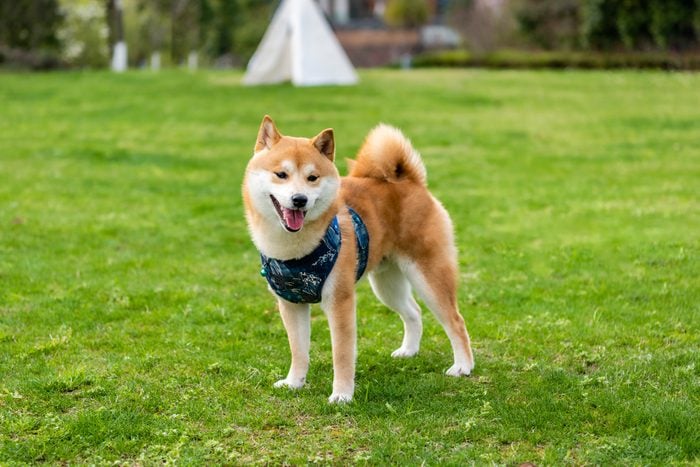
These dogs just might be mistaken for foxes
We aren’t the first to admit that foxes are adorable, sometimes even resembling a small dog you’d like to have around your home. Dogs descend from wolves, but they do have a genetic similarity to foxes, so it’s no surprise that there are a handful of uncanny resemblances. But unlike dogs, foxes generally make pretty dreadful pets due to their wild nature and inability to be trained properly. It’s actually illegal to own a pet fox in all but 15 states in the United States, but luckily there aren’t any laws saying you can’t own a popular dog breed that looks like one. These dogs could be easily mistaken for foxes if you want more of a wild animal look in your pup. Prepare for cuteness, because these are the best dogs that look like a fox.
Get Reader’s Digest’s Read Up newsletter for more pet insights, cleaning, humor, travel, tech and fun facts all week long.
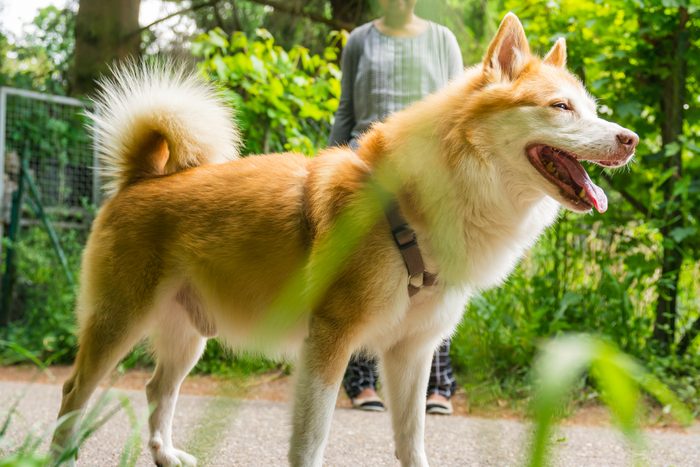
Icelandic sheepdog
As their name suggests, Icelandic sheepdogs originated from Iceland, dating all the way back to the time of the Vikings. Their face and upright ears will make you do a double-take, as they are one of the dogs that look like a fox, though they’re slightly larger than the average fox. They are a very active dog that needs intense daily exercise, and they’re quite friendly, as long as they are socialized at an early age. Just note, this breed suffers from separation anxiety and can’t be left alone for too long.
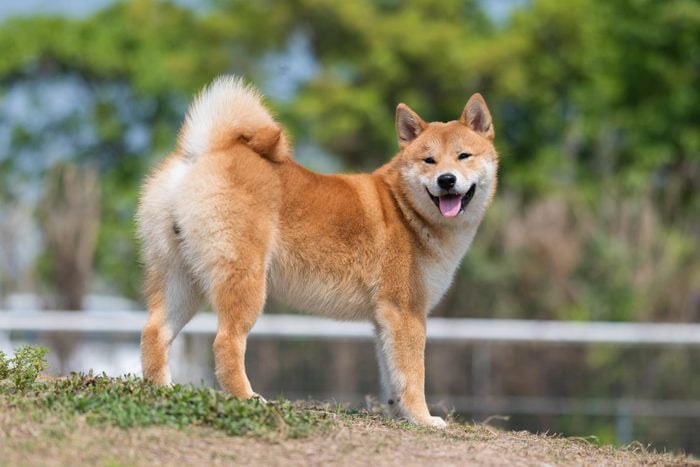
Shiba Inu
A Japanese dog that looks like a fox is the Shiba Inu. In fact, this breed’s color and size make them appear almost exactly like a fox. They are an ancient breed of hunting dog that is currently the most popular companion dog in Japan. Shiba Inus love to run around and play with their humans, but they do suffer from separation anxiety. They were initially bred for hunting and remain one of the few ancient dog breeds still surviving today, although they did face extinction right after World War II. One of the most versatile breeds on this list, they would be happy in any home, from a small apartment in a bustling city to a large house with lots of land.
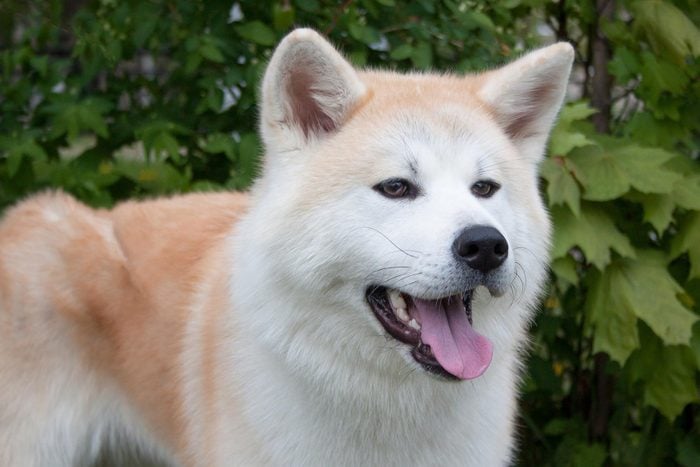
Akita Inu
In Japanese culture, babies receive a tiny Akita Inu ornament from family because the breed signifies health, happiness and a long life. As a pet, this breed can be quiet, unpredictable and a challenge to train. They can be wary of strangers and are frequently intolerant of other animals. But they remain tremendously loyal and live up to their reputation of being a guard dog. Akita Inus flourish with human companionship and will do whatever they can to keep those they love safe.
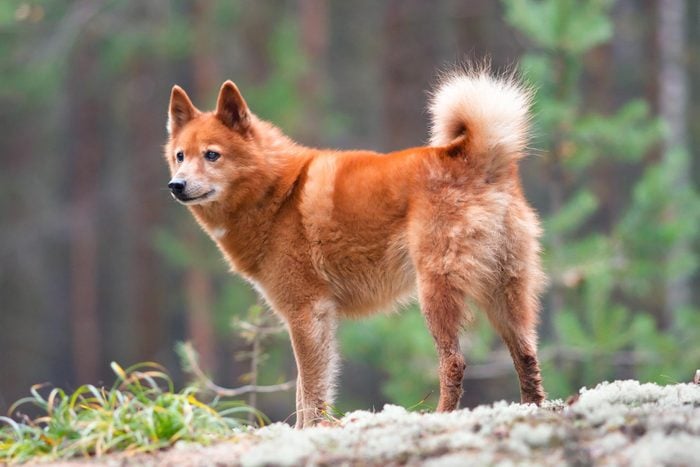
Finnish spitz
The Finnish spitz is incredibly loving, friendly and playful, making them ideal for families. They are a medium-size breed that originated from Finland—and they remain the national dog of Finland today! Unlike the very timid fox, this breed is incredibly outgoing and friendly. Fun fact: They can actually “yodel” up to 160 barks per minute, a talent formerly used to entrance prey.
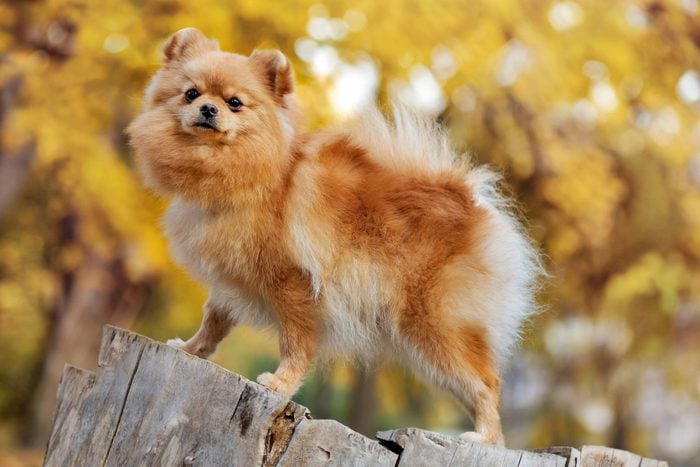
Pomeranian
Is this a dog or tiny fox? Pomeranians may be much smaller than the average fox, weighing only about 8 pounds, but their fox-like face is irresistible. These dogs love to be the center of attention and can be sassy and feisty. Unlike real foxes, Pomeranians are easily trainable—and with their beautiful, fluffy coats, you’ll love to pet them.
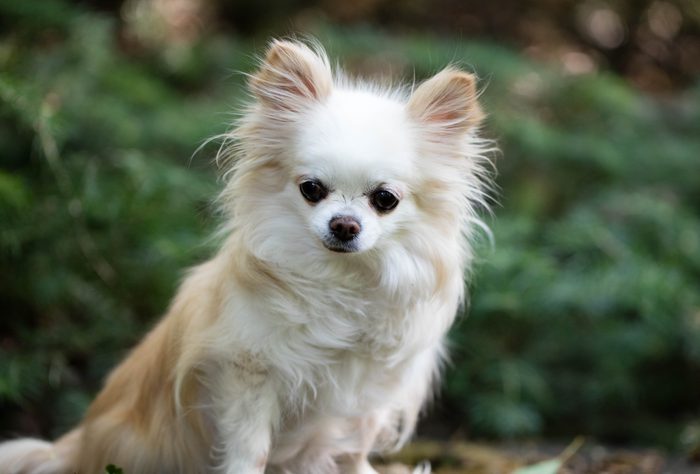
Long-haired Chihuahua
These miniature fluffy purse dogs are some of the smaller dogs that look like foxes—in this case, an adorable fennec fox! Chihuahuas are actually the tiniest dog breed in existence. They require very minimal exercise and grooming, making them one of the most low-maintenance dogs out there. Chihuahuas are incredibly loyal, and their size doesn’t stop them from protecting their pack.
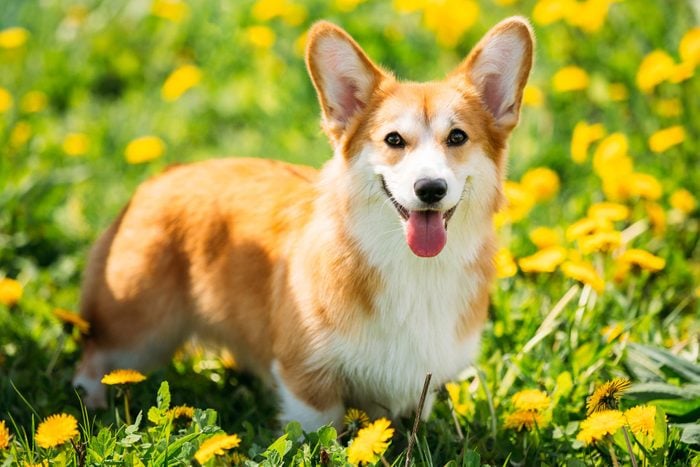
Pembroke Welsh corgi
They stand just about a foot tall and weigh up to 30 pounds, but don’t be fooled by their size. Corgis will excitedly join you on long walks and are extremely hard-working. They were Queen Elizabeth II’s favorite pet— and rightfully so. Corgis are the epitome of a large dog in a small package. They are clever and sensitive while remaining independent. As long as they get their daily walks, they will be the most loyal and loving dog.
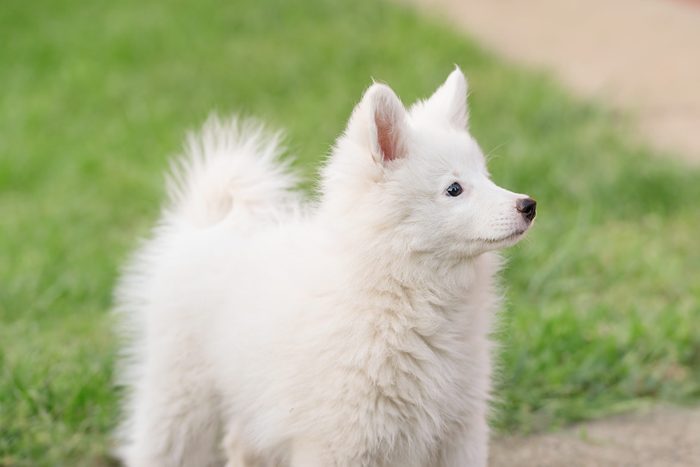
Japanese spitz
The Japanese spitz has a prominent resemblance to the Arctic fox. This breed is always up for the next adventure, whether that be a run on the beach, a hike with a view or a long car ride. They learn very quickly and love to smile, especially during a long day of fun activities.
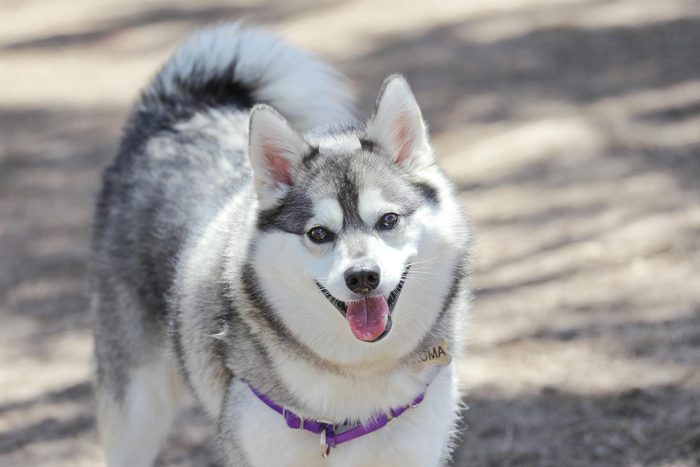
Alaskan Klee Kai
The Alaskan Klee Kai is a suitable companion for people who love being outside, because these pups need tons of physical activity. They were originally bred to create a lap-sized version of a Husky, but there are a few key differences. Unlike Huskies, Alaskan Klee Kai dogs are more suited to be companion dogs, even with their high levels of energy and intense demand for exercise. Inexperienced dog owners may find this breed to be a challenge, but with continuous training, they can be the sweetest, most lovable pups.
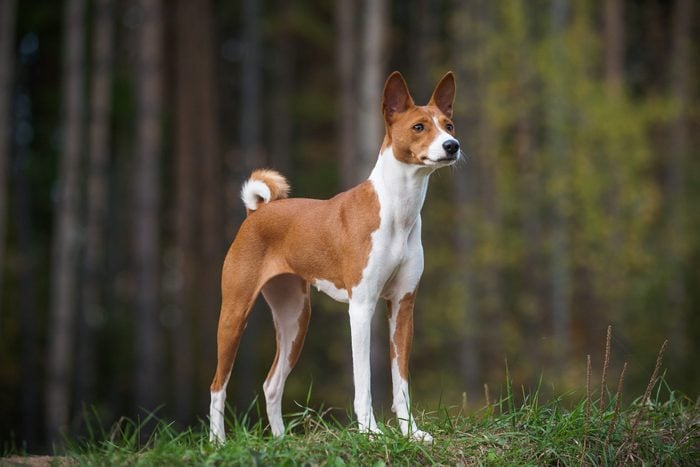
Basenji
These dogs are incredibly vocal and will howl until they have your full attention—their voice is a unique sound described as something between a chortle and a yodel—but they are also known as “barkless” dogs. Basenjis require a ton of both physical and mental stimulation, getting destructive when they get bored, but they also remain nice and clean, actually grooming themselves like cats.
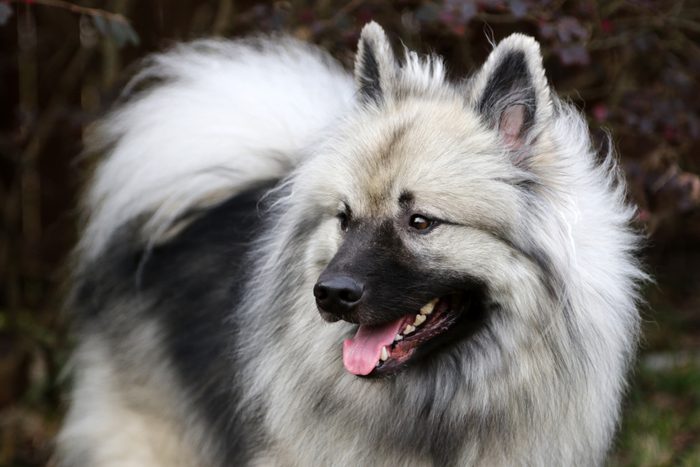
Keeshond
This breed (pronounced “KAYZ-hawnd”) is very closely related to Pomeranians and Samoyeds. Keeshonds love to keep their owners company and typically struggle when left alone for long periods of time. A run or walk daily is necessary to keep this dog healthy and happy—bonus points if their human plays alongside them.
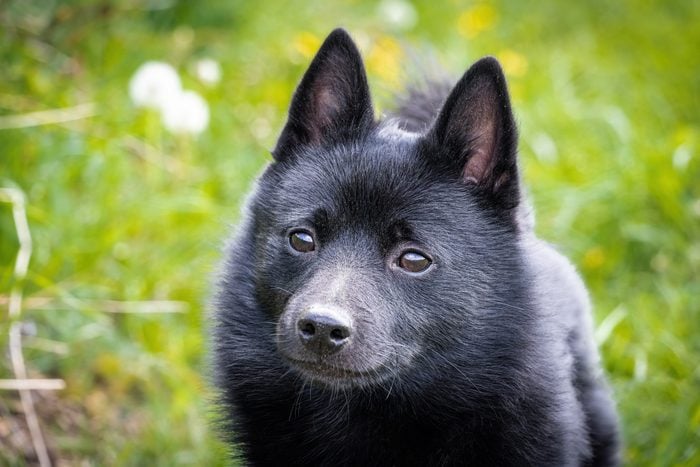
Schipperke
Schipperkes are actually a lot smaller than they seem, standing at only 13 inches or less and weighing up to 16 pounds. They were formerly popular among ship crews and were used to catch rats, leading to the name schipperke, meaning “little captain” in Flemish. These dogs are fearless, loyal and make a great guard dog.
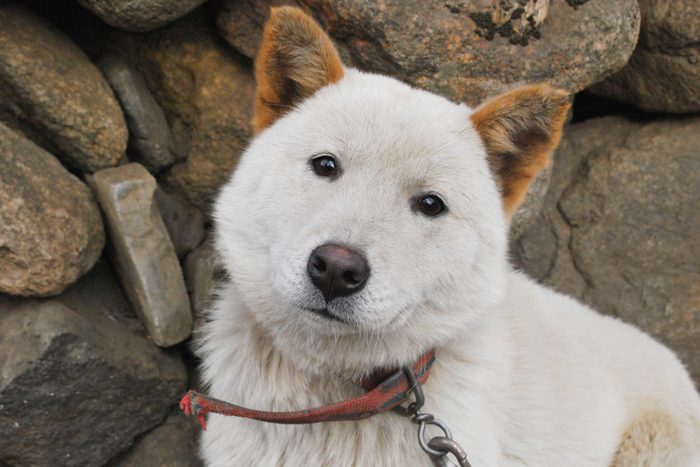
Korean Jindo
Originally from Jindo Island, Korea, Korean Jindos are medium size and very athletic. They lived alongside Islanders for thousands of years, giving them strong hunting instincts and confidence. Jindos tend to be quite stubborn, which can get them into trouble, but they love being with their human. Note, they prefer to be the only pet in the household and benefit from daily exercise.
Why trust us
At Reader’s Digest, we’re committed to producing high-quality content by writers with expertise and experience in their field in consultation with relevant, qualified experts. For this piece, Emma Taubenfeld tapped her experience covering dog breeds and behavior, and then Caroline Coile, PhD, an award-winning journalist specializing in canine breeds, health and science, gave it a rigorous review to ensure that all information is accurate and offers the best possible advice to readers. We verify all facts and data, back them with credible sourcing and revisit them over time to ensure they remain accurate and up to date. Read more about our team, our contributors and our editorial policies.

